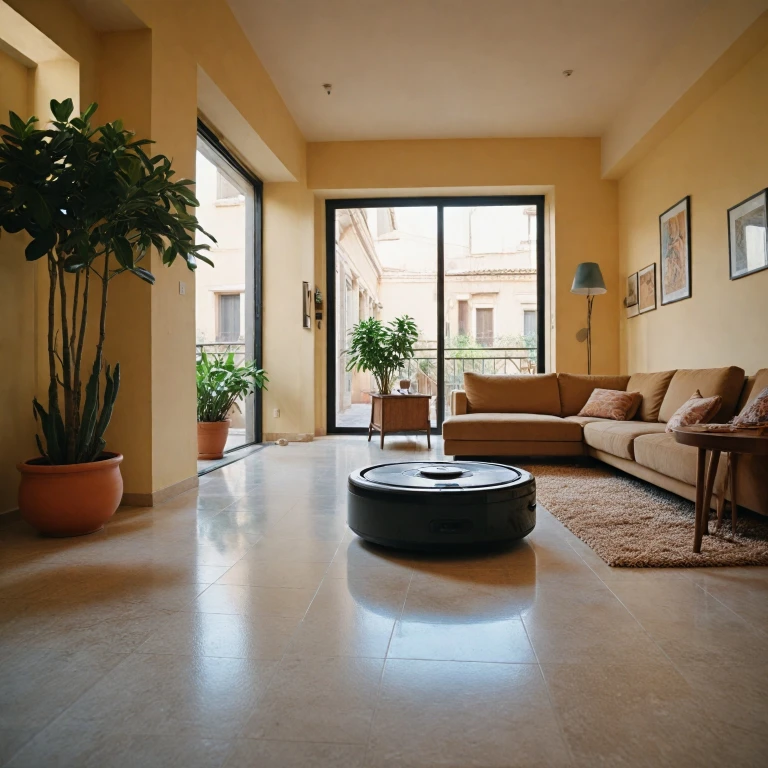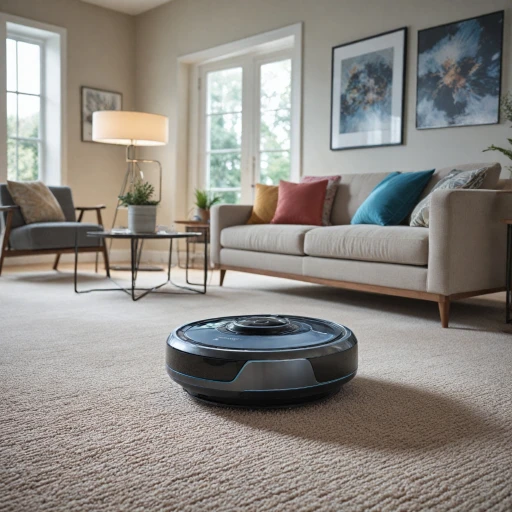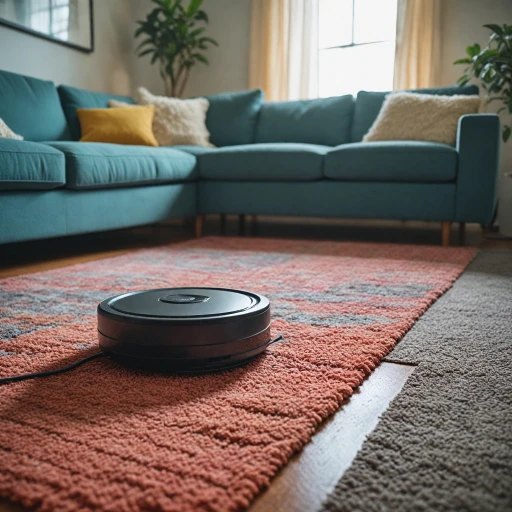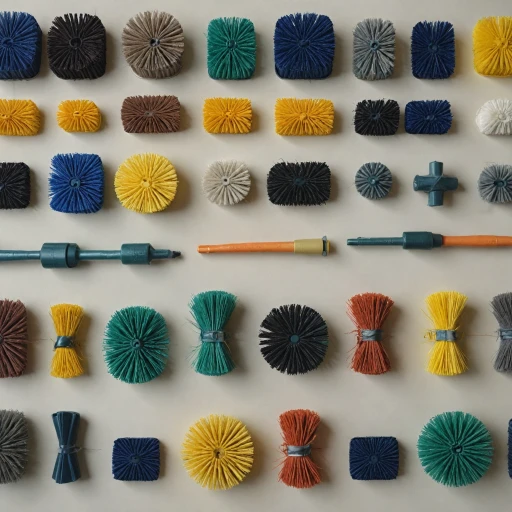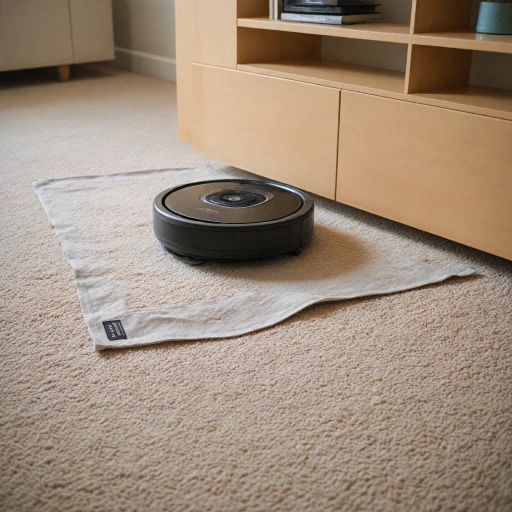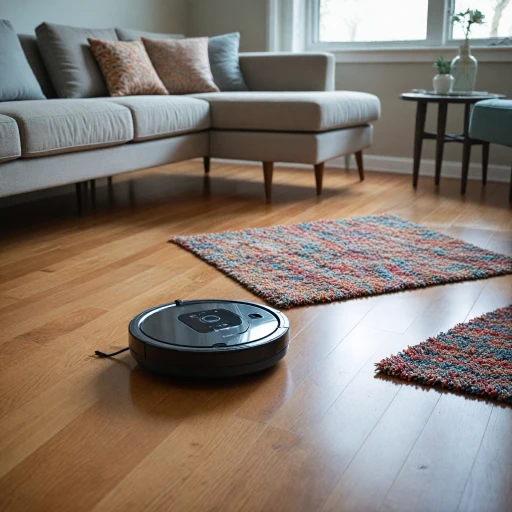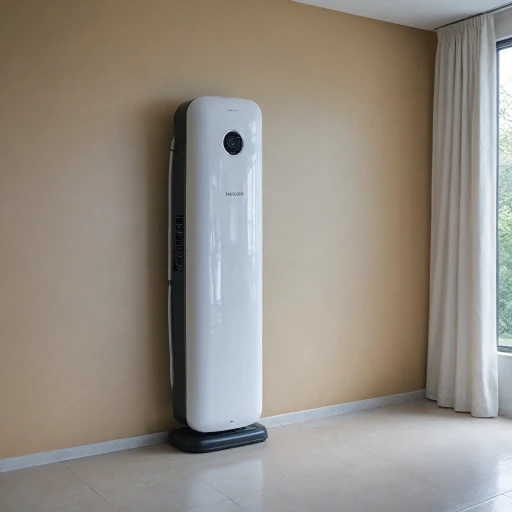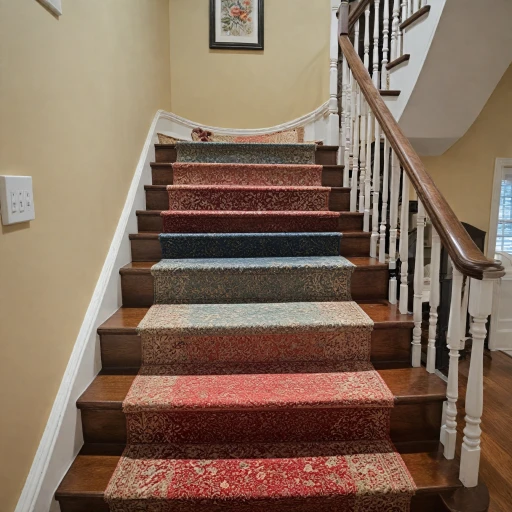Understanding the Need for Ramps
For many households, robot vacuums have become indispensable tools in maintaining cleanliness. While these devices are engineered to maneuver around various home configurations, they're not without challenges—especially when facing door thresholds or variations in floor height. This is where ramps come in as a simple yet effective solution to facilitate effortless transitions between different rooms in an apartment.
Addressing Height Differences with Ramps
Ramps can significantly aid in overcoming height differences that robot vacuums encounter, such as those ledges that often appear at door thresholds. These height discrepancies, though slight, can impede a vacuum robot's ability to perform its duties effectively, sometimes limiting its access to entire areas of your home. With a properly designed ramp, robot vacuums are better equipped to navigate these barrier-like challenges, thereby increasing their cleaning reach.
Why Most Homes Benefit from Ramps
Whether you're dealing with a wood step dividing the living room from the kitchen or a small rise leading into a bathroom, ramps can bridge these gaps. These ramps not only foster better room-to-room transitions but also ease the strain on the vacuum’s mechanics. Additionally, the use of ramps reflects a thoughtful design consideration, acknowledging the evolving needs of robotic cleaners and their operational environments.
As you consider integrating ramps for your Roomba or any other vacuum cleaner, weighing homemade versus store-bought options can influence not only installation ease but overall performance. While some may opt for DIY solutions for greater customization, others may find pre-fabricated models offer reliability and ease of use. Whichever path you choose, understanding the necessity and application of ramps ensures your vacuum robot operates at peak efficiency and longevity.
Choosing the Right Ramp for Your Roomba
Selecting the Perfect Ramp for Your Robotic Cleaner
Choosing the right ramp for your Roomba can significantly impact its performance, especially when dealing with height differences between rooms or door thresholds. It's crucial to understand the various options available, factoring in design, material, and functionality. Firstly, assess your robotic vacuum's specific needs. What kind of barriers does it face? Are they high thresholds, thick carpets, or perhaps the divide between the living room and kitchen? The type and height of obstacles need identification to select the appropriate incline. Consider the material of the ramp. Wood is a popular choice due to its durability and ability to blend with home decor. However, thresholds need a design that ensures stability and prevents slipping, which is crucial for optimal vacuum robot performance. Additionally, think about the ramp's design and how it integrates with your space. A well-chosen ramp can enhance the robot room's aesthetics while helping your robot navigate with ease. The ramp's angle is vital; a gradual slope can facilitate smoother transitions for your Roomba, thereby preventing potential mishaps or getting stuck. For those in rooms or apartments with multiple vacuum robots, ensure the chosen ramps suit all devices to streamline cleaning operations throughout the home. Consider variables like ramp print, durability, and ease of installation when making your choice. Selecting the right ramp robot solution will improve your cleaner's efficiency and lifespan, translating to a sound investment. With careful planning and informed decisions, your Roomba will work seamlessly, navigating thresholds with grace and precision.DIY vs. Store-Bought Ramps
Deciding Between Homemade and Store-Bought Ramps for Your Vacuum Robot
When you're looking to bridge the height differences between rooms or get your robot vacuum over door thresholds, ramps become an essential accessory. But should you go the DIY route or opt for a pre-made option? There are advantages and drawbacks to both choices. For those with a knack for crafts, constructing a DIY ramp can be both cost-effective and customized to your needs. Creating a ramp from wood or other materials allows you to match the specific height and design aesthetic of your apartment. Plus, it ensures compatibility with high thresholds or unique room layouts, as you can customize size and slope to fit any door or room requirement. On the other hand, store-bought ramps come with their advantages. Designed by experts, these ramps often undergo rigorous testing to ensure stability and functionality. They can be especially beneficial if your vacuum robot encounters varied thresholds and you want a tried-and-true solution. These ramps may include features like non-slip surfaces and modular design, securing the cleaner's passage while enhancing its overall efficiency around your living room and other areas. Ultimately, your choice may hinge on personal preference, budget, or even the types of content and thresholds in your rooms. Whichever option you choose, integrating effective ramp solutions will elevate your Roomba’s performance to a notable level, easing its journey between different areas of your home. Remember, whether DIY or store-bought, the aim is to enhance the seamless operation of your robot vacuum setup.Installation Tips for Optimal Performance
Steps to Ensure Optimal Ramp Installation
When introducing ramps into your living space for your robotic cleaner, strategic installation becomes pivotal to achieve the best performance from your Roomba. Here’s a guide to help you navigate the nuances of setting up ramp vacuum solutions:- Location Evaluation
- Begin by identifying door thresholds or height differences between rooms where ramps are most needed. Areas like the threshold in living rooms or doorways often require these adjustments.
- Consider factors such as the length and incline of the ramp, as these will influence the robot vacuum's ability to navigate effectively.
- Correct Positioning
- Place the ramp in alignment with the door or step, ensuring it covers the entire threshold. This provides a smooth transition for the Roomba, preventing any jarring movements that could affect its performance.
- Ensure that the ramp doesn’t obstruct the door. Some wood or removable threshold ramps are designed to accommodate this requirement, providing flexibility when moving the door.
- Secure Installation
- Secure the ramp firmly in place to prevent slipping while the robot room cleaner moves over it. Adhesive strips or non-slip backing can be a great advantage in high-traffic areas.
- Depending on your ramp's design, you might need screws or brackets. Consider these only for permanent setups to avoid damaging your floor or the ramp.
- Test Runs
- Conduct a series of test vacuums to observe how the Roomba navigates the ramp. Pay attention to whether it experiences any interruptions or difficulty in crossing.
- Adjust the placement as necessary, or modify the height to ensure a seamless transition.
- Consideration for Multiple Rooms
- In an apartment or house with multiple threshold variations, you might need multiple ramps. Analyzing how your robot vacuum transitions between rooms can help in deciding where ramp robot solutions are indispensable.
Maintenance and Troubleshooting
Keeping Your Ramp in Top Condition
To ensure your robot vacuum performs optimally with the addition of a ramp, you'll want to focus on maintenance and troubleshooting strategies.Maximizing Roomba Efficiency with Ramps
Boosting Roomba Efficiency Through Effective Ramp Usage
To truly maximize the efficiency of your robot vacuum, it's pivotal to consider the nuances of ramp usage. These considerations are based on common challenges encountered by robot vacuum users, particularly those facing height differences around their home.- Plan Your Layout - Start by assessing your apartment or home to identify which door thresholds and room transitions could benefit from ramps. Pay attention to height differences that may hinder your Roomba's performance. The more prepared you are, the smoother your robot's navigation will be.
- Strategic Ramp Placement - Not every room needs a ramp. Only place ramps in areas essential for seamless movement. This approach not only saves money but also keeps the home environment tidy.
- Choose Durable Materials – Opting for robust materials when designing or purchasing a roomba ramp is critical. Given the years of usage anticipated, materials such as wood heavy-duty rubber, or even specialized plastic can withstand wear and tear more effectively.
- Integration with Existing Decor – If you’ve chosen wood or design-focused ramps, it's important they blend well with your living room or other key areas. This integration ensures your living spaces not only remain functional but also aesthetically pleasing.
- Regular Maintenance – To sustain optimal performance, routine checks and maintenance on the ramps and your vacuum cleaner are essential. This includes verifying that the ramps remain stable and free of debris that might obstruct movement.
